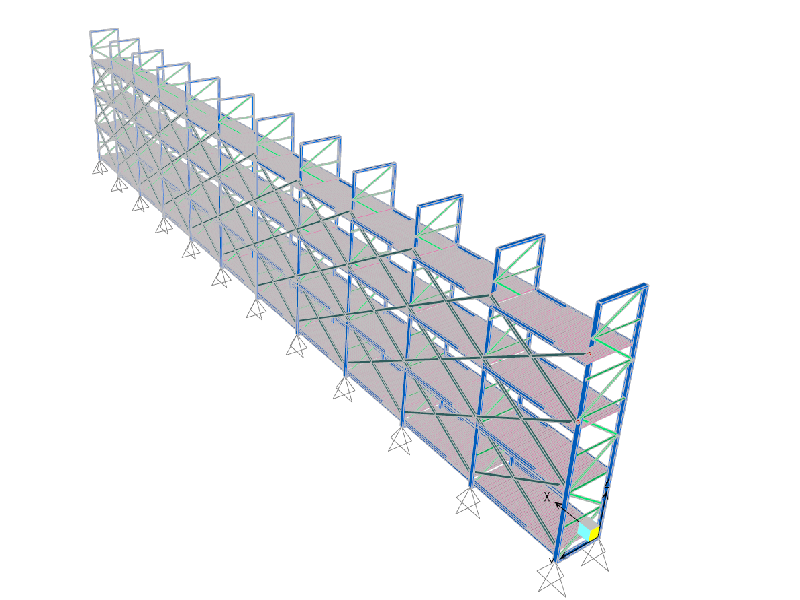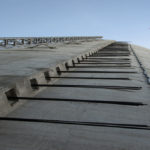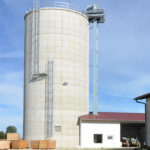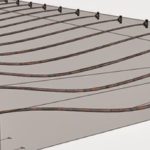Blog
Static Calculations of Industrial Shelf Systems

What are the Basic Principles of Static Calculations of Industrial Shelf Systems?
Undoubtedly, planning is the most important of our efforts to achieve success and stability in our lives. Planning, which is one of the elements of order, enables us to reach our target with less energy if it is done wisely using the right methods. Similarly, the regularity of our workspaces is one of the factors that will increase our productivity. As we can give many examples from our daily lives, we use certain methods for ordering in professional work areas, sorting materials, grouping, separating and storing. One of these methods is shelf systems applications. In this article, we will share with you how STATIC CALCULATIONS OF SHELF SYSTEMS, which are used in a wide range from store depots to industrial facilities, are made.
Why are Industrial Shelf Static Calculations Important?
Nowadays, companies need shelving systems in order to facilitate the warehouse arrangement of their products, to put more products into their warehouses, to facilitate the transportation of products and to save maximum time.
Shelves need carefully prepared static calculations to carry tons of weight safely over a long period of time. Static calculations of shelves to be installed or actively used must be made in order to ensure safety of life and property.
Industrial Shelf Static Calculation How?
First of all, 3D modeling of shelves is prepared by engineers who are competent in static and dynamic calculations. The projects of the shelf systems to be created are then carefully drawn. The bearing capacity of the rack profiles is determined by taking into account the effective cross-section calculations. Earthquake forces should not be overlooked and taken into account during these studies. In addition, static and displacement controlled performance analyzes of the warehouse shelves in use should be performed.
As INTAÇ engineering, we have successfully implemented many RAF STATIC projects.
Latest Blog
-
Reinforced Concrete Calculation Static Report
31 January 2024 -
Steel Calculation Static Report
31 January 2024 -
What Is CFD Analysis?
22 December 2023 -
What Are The Benefits Of CFD Analysis?
22 December 2023 -
Silo Reinforcement with Post-Tensioning Method
26 September 2023 -
Post Tensioning Method in Cantilever Slabs
4 September 2023 -
Post-Tensioning Application In Reinforced Concrete Silos
22 August 2023 -
Components Of Post Tensining
16 August 2023 -
What Are Pre-Stressing And Post-Tensioning?
11 August 2023 -
What is Prestressing?
8 August 2023 -
History Of Post Tensioning
8 July 2023 -
Post Tensioning Method In Foundations
14 June 2023 -
What Is Post Tension?
30 September 2022 -
Steel Static Projects
27 September 2021
















